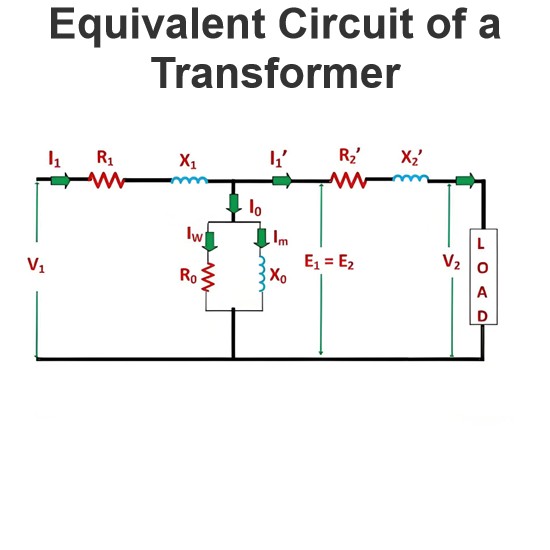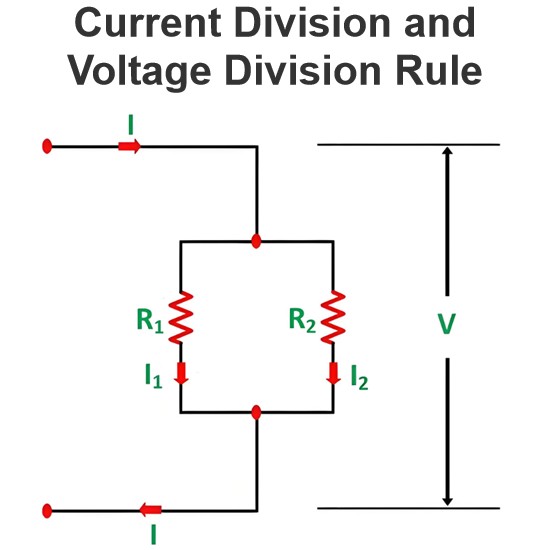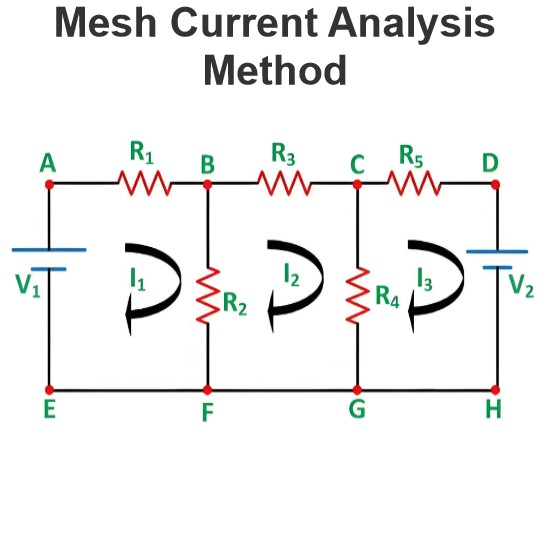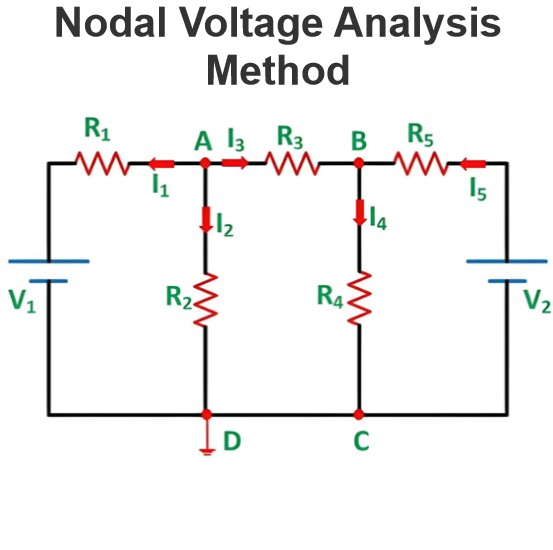Source Transformation Technique
What is a Source Transformation?
An electrical source transformation (or just ”source transformation”) is a method for simplifying circuits by replacing a voltage source with its equivalent current source, or a current source with its equivalent voltage source. Source transformations are implemented using Thévenin’s theorem and Norton’s theorem.
Source transformation is a technique used to simplify an electric circuit.
We’ll illustrate how this is done with an example.
Let’s take a simple voltage source along with a resistance connected in series with it.
This series resistance normally represents the internal resistance of a practical voltage source.

Now, let us short circuit the output terminals of the voltage source circuit as shown below,

Now, applying Kirchhoff Voltage Law in the circuit above we get,

Where, I is the current delivers by the voltage source when it is short circuited.
Now, let’s take a current source of the same current I which produces same open-circuit voltage at its open terminals as shown below,

Now, applying Kirchhoff Current Law at node 1, of the above circuit, we get,

From equation (i) and (ii) we get,

The open circuit voltage of both the sources is V and short circuit current of both sources is I. The same resistance connected in series in voltage source is connected in parallel in its equivalent current source.
So, these voltage source and current source are equivalent to each other.

A current source is dual form of a voltage source and a voltage source is dual form of a current source.
A voltage source can be converted into an equivalent current source and a current source can also be converted into an equivalent voltage source.
Voltage Source to Current Source Conversion
Assume a voltage source with terminal voltage V and the internal resistance r. This resistance is in series. The current supplied by the source is equal to:

when the source of the terminals are shorted.
This current is supplied by the equivalent current source and the same resistance r will be connected across the source. The voltage source to current source conversion is shown in the following figure.

Current Source to Voltage Source Conversion
Similarly, assume a current source with the value I and internal resistance r. Now according to the Ohm’s law, the voltage across the source can be calculated as

Hence, voltage appearing, across the source, when terminals are open, is V.

Source: Electrical4u.
Statement: Respect the original, good articles worth sharing, if there is infringement please contact delete.
Electrical4U is dedicated to the teaching and sharing of all things related to electrical and electronics engineering.













